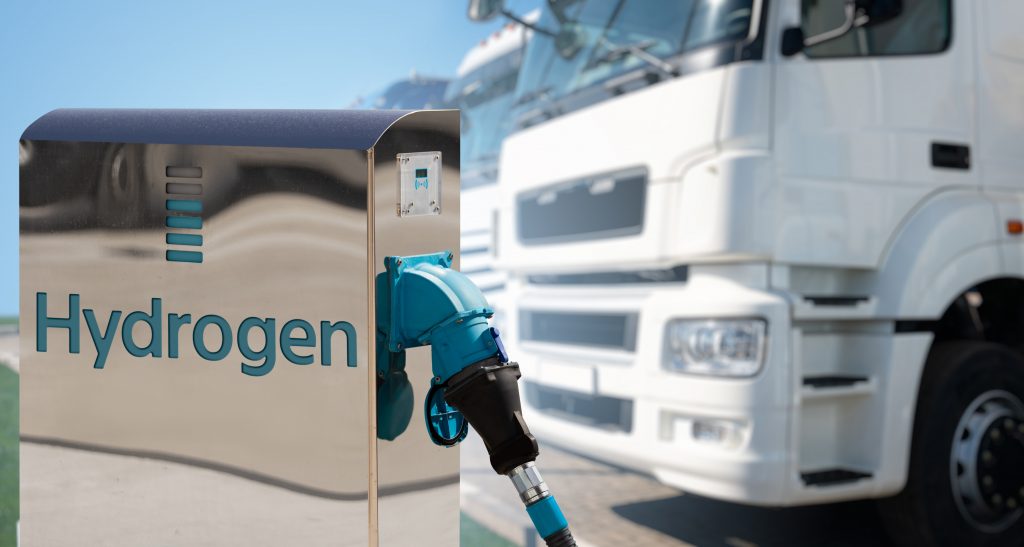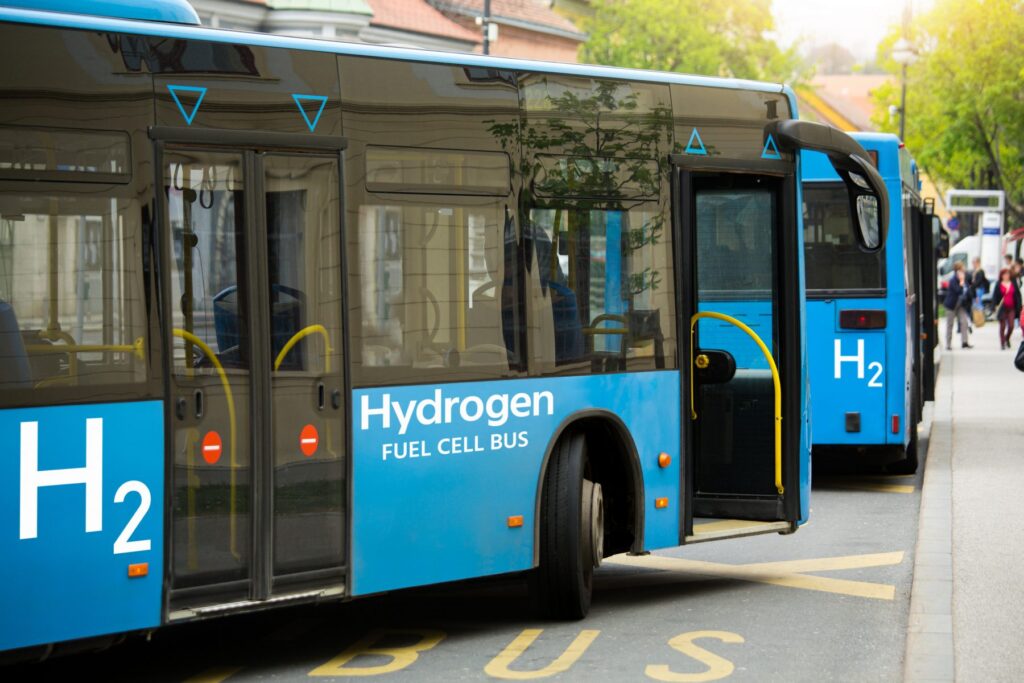Table of Contents
Why hydrogen is revolutionary as an energy storage medium
At 33.3 kWh/kg, hydrogen has the highest mass-specific energy density of all fuels. This exceptional property makes it the ideal candidate for sustainable mobility and energy storage in the energy transition. However, its practical application requires innovative storage solutions that are both safe and efficient.
Conventional hydrogen storage and its limits
Conventional hydrogen storage is based on two established processes, both of which pose considerable technical and economic challenges.
Cryogenic storage (liquid hydrogen):
- Temperature: -253°C (20 K)
- Density: 71 kg/m³
- Energy loss for liquefaction: 30% of the stored energy
- Continuous cooling required
- Highly specialized insulation systems required
- High operating costs due to constant energy consumption
Compressed gas storage:
- Accumulator pressure: up to 700 bar
- Energy loss due to compression: approx. 12%
- Heavy, pressure-resistant containers required
- Reduced practical energy density due to tank weight
- High investment costs for compression systems
Security problems common to both processes:
Due to its small molecular size, hydrogen has an exceptionally high diffusion rate and can penetrate almost all materials. As hydrogen is not chemically bound, the following risks arise:
- Continuous gas losses due to material diffusion
- Uncontrolled gas releases possible
- Explosion hazard at 4-75% hydrogen concentration in the air
- Leaks that are difficult to detect (colorless and odorless)
- High burning speed makes security measures more difficult

Sorption-based storage with MOFs and metal hydrides
Metal-organic frameworks (MOFs), metal hydrides and zeolite structures offer an alternative approach to the mechanical bonding of hydrogen by sorption. These materials significantly reduce the risk of diffusion and increase safety. However, most metal hydrides have unfavorable metal-to-hydrogen ratios and slow uptake and release rates. A notable exception is the nickel-metal hydride system, which has already gained wide acceptance for hydrogen storage due to its successful application in battery technology.
LOHC technology: the breakthrough in liquid storage
Liquid Organic Hydrogen Carriers (LOHCs) such as dibenzyltoluene (DBT) are revolutionizing hydrogen storage. This non-toxic, flame-retardant liquid can absorb hydrogen with a rhodium catalyst at moderate conditions of 200°C and 5 bar. The resulting peroxy-DBT stores 600 liters of gaseous hydrogen per liter of liquid, which corresponds to an impressive storage capacity of 2 kWh/kg. The release takes place at 300°C and reduced pressure. LOHC systems achieve significantly higher uptake and release rates than solid storage while retaining the advantages of low diffusion rates.

Chemical hydrogen storage through molecular bonding
The chemical bonding of hydrogen to other molecules offers another promising storage approach. The best-known example is the Haber-Bosch synthesis, which produces over 200 billion tons of ammonia every year. This reaction takes place at 450°C and 200 bar using iron catalysts and achieves an energy content of 5.2 kWh/kg, which corresponds to an efficiency of 63%. Although ammonia is easier to handle than gaseous hydrogen, it has the disadvantages of toxicity and corrosiveness. Alternatively, other gases such as methane can be synthesized by coal gasification, where biomass or charcoal is treated with steam at high temperatures.
Analytical methods for the characterization of storage materials
Thermal analysis is the most important tool for investigating hydrogen storage materials. Gravimetric and volumetric sorption analyzers, high-pressure thermobalances (TGA) and differential scanning calorimetry (DSC) can be used to precisely characterize sorption and desorption processes. These systems enable the determination of sorption and desorption heat under controlled conditions of gas flow, pressure and vacuum. Particularly in coal gasification, high-pressure TG-DSC systems enable the simultaneous measurement of gasification efficiency, carbon content and heat of reaction in a single test.
Future prospects for hydrogen storage technology
The development of efficient hydrogen storage technologies remains a key challenge for a successful energy transition. LOHC systems show particularly promising properties for mobile applications, while improved sorption materials are being optimized for stationary storage. The continuous further development of these technologies will be decisive in establishing hydrogen as a clean and practicable energy carrier of the future and thus making an important contribution to a sustainable energy supply.
